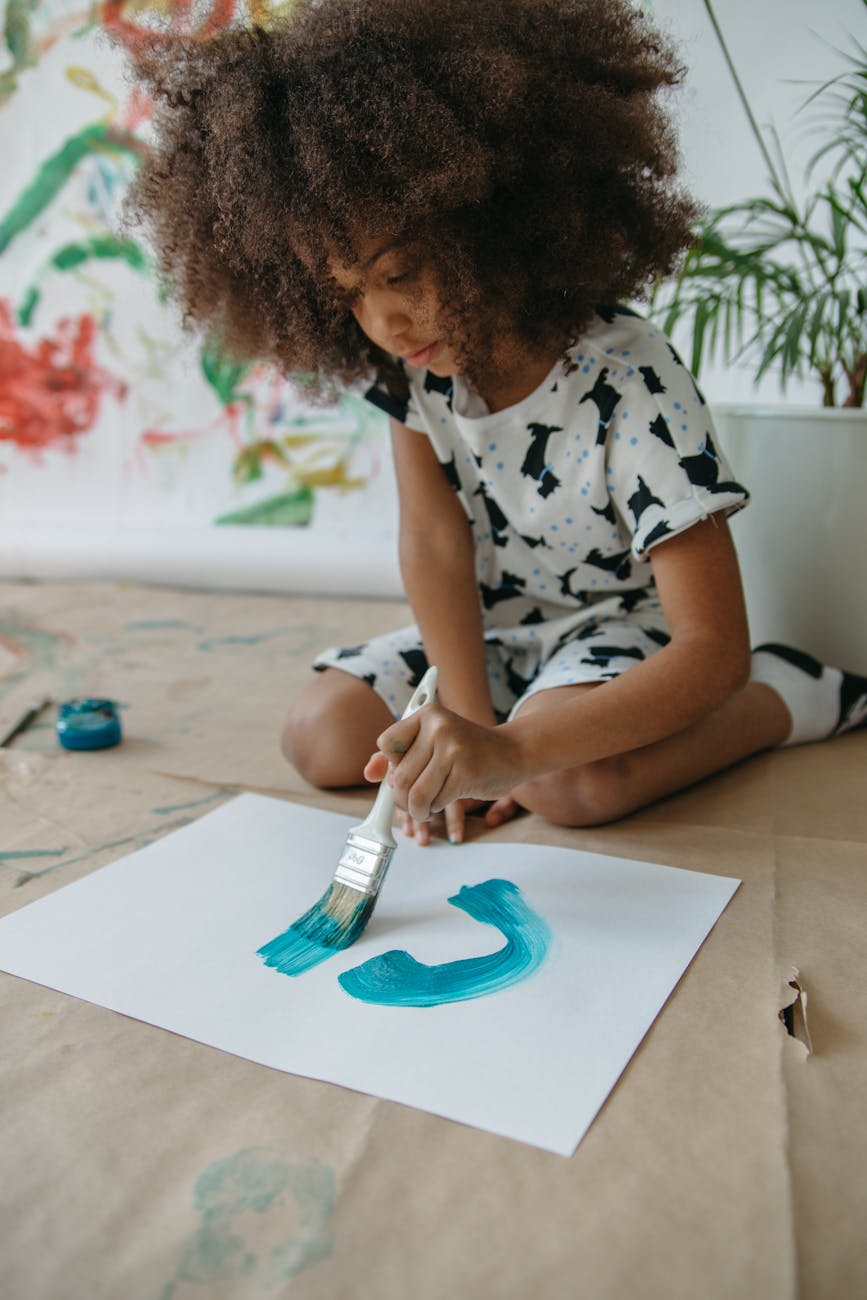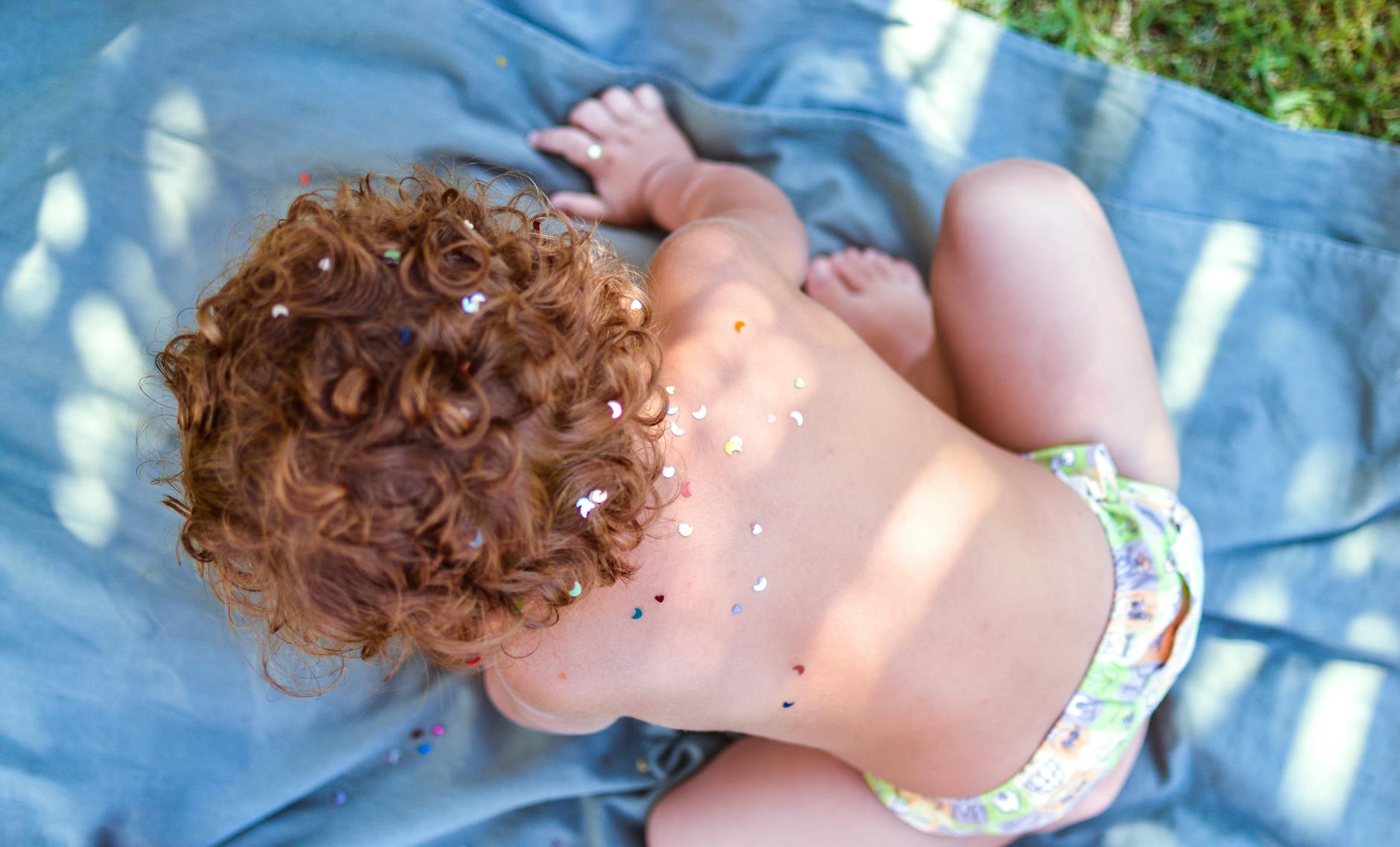Here’s the real, rooted science — broken down with clarity, a little flair, and zero fluff:
It Starts in the Genes
Curly hair is inherited — it’s a family heirloom wrapped in keratin.
Hair texture is controlled by a mix of multiple genes from both parents, not just one “curly gene.”
- If both parents have curls, chances are high their child will too.
- Even if only one parent has curls, it can still pop up—sometimes skipping a generation like a mischievous cousin.
Key Players:
- Gene variants like TCHH (trichohyalin) and WNT10A are involved in follicle shape and hair structure.
- These determine whether your hair grows straight, wavy, curly, or coily.
🌀 Follicle Shape = Curl Pattern
The shape of the hair follicle is the main reason hair curls (or doesn’t).
| Follicle Shape | Hair Type |
|---|---|
| Round | Straight |
| Oval | Wavy |
| Flat/elliptical | Curly/Coily |
Curly hair literally grows out of the scalp in a curl — it’s not straight hair that just bends.
🏗️ Keratin + Disulfide Bonds = Structure
Hair is mostly made of keratin, a strong protein, and its shape is held together by chemical bonds:
- Disulfide bonds (the strong ones): More of these = tighter curls.
- Hydrogen bonds (the weak ones): These break and reform with water. That’s why wetting hair or humidity affects curl shape temporarily.
So when your kid’s hair gets frizzy in the rain?
Blame the hydrogen bonds going rogue and reshaping the curl pattern.
💧 Porosity = How Hair Drinks Moisture
Kids’ curls often have higher porosity, especially if hair is fine or mixed-textured.
This means:
- The cuticle (outer layer of the hair strand) is more open.
- Moisture goes in fast… and escapes just as quickly.
- That’s why curly hair dries out faster and needs regular hydration.
Over time, porosity can change — from age, product buildup, even hard water.
🧒 Kids’ Hair Is Still Developing
Kids under 6 or 7 often have “baby texture” hair — softer, finer, with a looser curl pattern.
- Curls can tighten, change, or even shift type completely around puberty.
- Hormonal changes affect the scalp’s oil production and hair’s structure.
- That’s why hair routines may need adjusting as they grow.
🧠 Scalp & Oil: It’s a Dry Game
Sebum (your scalp’s natural oil) struggles to travel down curly strands because of the spiral structure.
- Straight hair: sebum slides down = shiny, greasy faster
- Curly/coily hair: oil gets caught in the curls = drier ends
This is why curly kids need added moisture — conditioners, leave-ins, and oils that mimic what their scalp can’t distribute fast enough.
🧴 Why Curly Hair Loves ‘Slip’
When wet, curly hair tangles like vines in a rainforest.
- This is because the twists and curves interlock easily.
- Add to that friction from brushing or rough drying, and you get breakage.
Conditioners with “slip” (slippery ingredients like glycerin, aloe vera, or behentrimonium methosulfate) reduce that friction so curls slide instead of sna
How kids’ curls change over time
Spoiler: baby curls lie. Many kids start out with soft wisps or ringlets that evolve completely by age five. Puberty? Another plot twist. Be ready to adjust your approach as their hair matures — what worked at 4 may not cut it at 9. Flexibility is part of the job.
Curl typing (wavy, curly, coily: Types 2A–4C)
Not all curls are created equal. Type 2 waves are loose and beachy, Type 3 curls spiral and bounce, and Type 4 coils? Glorious zigzags of tight texture. Knowing your kid’s curl type helps you pick products and routines that actually work — no more guessing games. Remember: they might even have more than one type on their head.
Porosity basics (low, medium, high)
Porosity tells you how well their hair holds moisture. Low porosity means the cuticle is tight — water rolls right off. High porosity means the hair soaks up everything but loses it fast. There’s a quick test: drop a clean strand into a glass of water. Sink = high. Float = low. In-between = medium. This one tip will save you so much product grief.
Density and texture
Density = how much hair is packed onto their scalp. Texture = how thick each individual strand is. Your kid might have fine, dense curls or thick, sparse coils. This matters because it changes how you style, detangle, and protect those strands. It’s not just about curl pattern — it’s about the whole picture.




